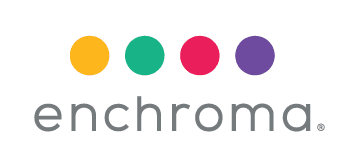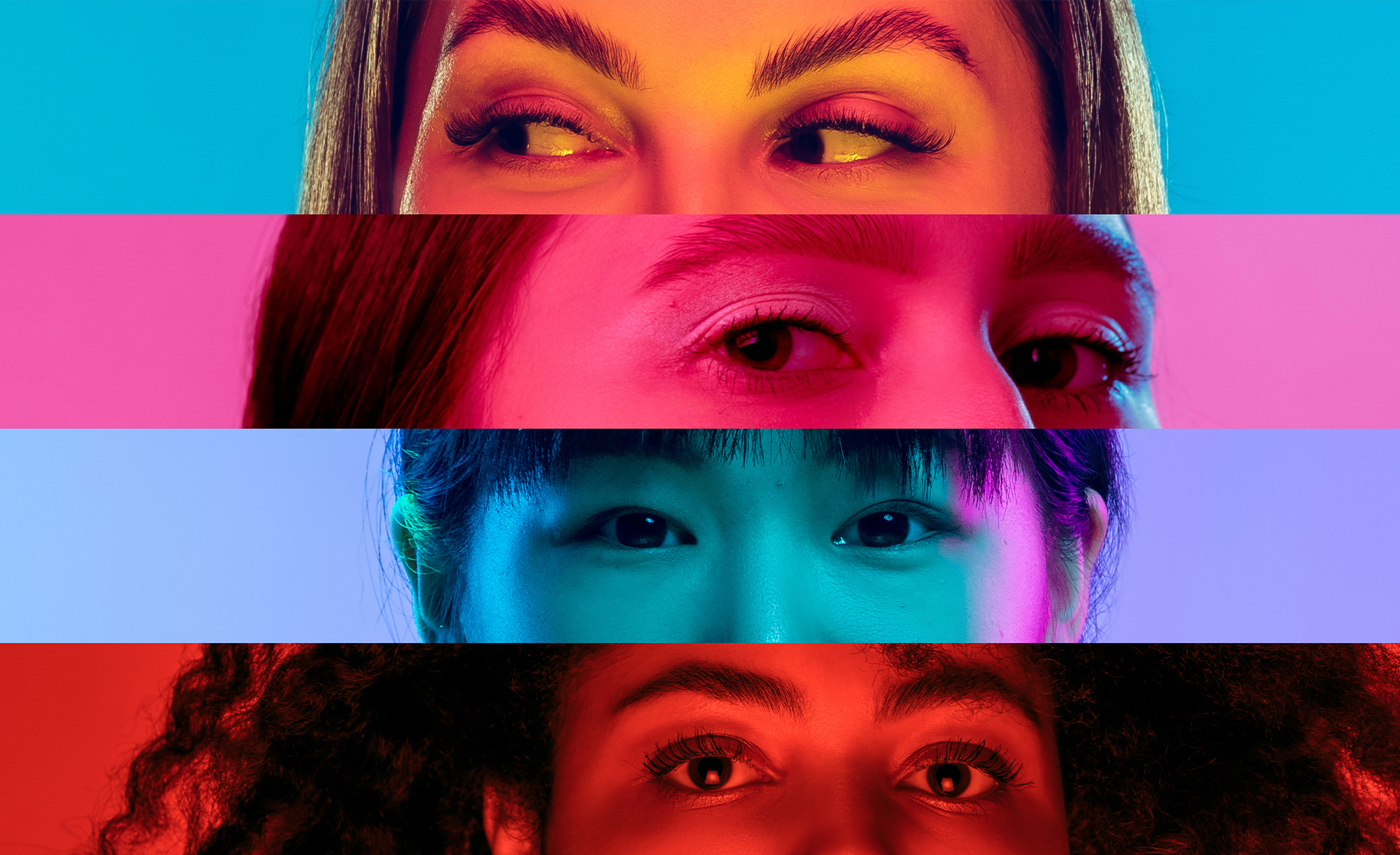A Call for Awareness and Action
A groundbreaking study by EnChroma found compelling evidence demonstrating the barriers types of colour blindness can pose to learning in school. The study, which surveyed nearly a thousand people affected by Colour Vision Deficiency (CVD), included students - most of whom are red green colourblind - and their parents. It reveals a widespread issue that has long been overlooked in our educational systems.
The Unseen Struggle
A staggering 78% of respondents reported frequent frustration and confusion due to a decreased ability to interpret colour-coded information in school assignments and activities. This frustration is not just a minor inconvenience; for one in three, it directly impacts their self-confidence in school. Moreover, 30% of participants felt they were perceived as "slow learners" before they became aware they are red green colourblind (deutan colour blind and protan colour blindness) or have another form of colour blindness. The findings highlight a critical gap in our educational approach—recognizing and accommodating the needs of colour blind students.
A Personal Touch
The personal accounts shared by survey respondents shed light on the real-world implications of colour blindness in education. Stories of being labeled "stupid" for not colouring correctly, or having to change majors due to an inability to pass colour-dependent coursework, illustrate the profound impact CVD can have on a student's academic and personal life.
A Delay in Diagnosis
One of the most alarming revelations from the study is the delay in diagnosing colour blindness. With only 11 of 50 states administering a colour blind test to schoolchildren (according to EnChroma research in 2010), a significant number of students remain unaware of their condition well into their academic journey. Nearly half of the respondents discovered their colour blindness after seventh grade, with nearly 20% not finding out until high school or even later. This delay not only exacerbates the challenges faced by colour blind students, but also deprives them and their parents of awareness of their condition so they can seek reasonable accommodations and support.
The Call for Change
EnChroma is calling for more awareness about the types of colourblindness and its effects among parents, educators and legislators. The study serves as a stark reminder that colour blindness is not just a minor inconvenience but can be a barrier that hinders a student's learning experience, confidence and academic success in areas. A universal commitment to require a colour vision test in K-12 schools in all states and countries, and as part of orientation for college freshman, is necessary. Additionally, adapting learning materials to ensure a level playing field for students with all types of colourblindness (red-green colour blindness such as deutan colour blind and protan colour blindness, and blue-yellow colour blindness) should become standard practice for educators at all levels. This 2023 Op-Ed in The Washington Post calls on educators to address the issue.
A Call to Action
The EnChroma study serves as a clarion call for systemic change in how we address colour blindness in educational settings. With 81% of respondents believing that teachers should adapt teaching materials for colour blind students and 87% supporting mandatory testing for CVD, it is clear that there is a strong desire for more inclusive practices in education.
Bridging the Gap
In response to these challenges, several prestigious universities such as Boston University, North Carolina State University, the University of North Carolina, and the University of Hamburg, now support “colour accessibility” by loaning EnChroma glasses to red green colourblind students and educating staff about adapting materials to accommodate CVD students. This is a positive step towards creating a more accessible and supportive educational environment.
EnChroma's Colour Accessibility Program offers resources, support, and advocacy for colour accessibility in schools and beyond. By providing a free colour blind test and educational materials, EnChroma is trying to ensure that colour blindness does not remain an invisible barrier to learning. By fostering awareness, promoting early testing, and adapting our educational practices, we can create a more inclusive and supportive learning environment for all students, regardless of their colour vision.
Other Key Highlights from the EnChroma Study:
- Four out of ten colour blind students try to avoid schoolwork and activities involving colour, and nearly half are less interested in painting, drawing, nature walks and field trips to art museums
- More than 1 in three colour blind people say teachers got frustrated with them when they couldn’t understand schoolwork involving colour
- Only one in four parents tell teachers that their child is colour blind, and only 20% of teachers adapt schoolwork to accommodate colour vision deficient students
- One in four were teased by classmates or teachers due to being colour blind
- Two of three parents worry about colour blindness affecting their child’s education
To read comments from colour blind respondents about their educational experiences click here.



